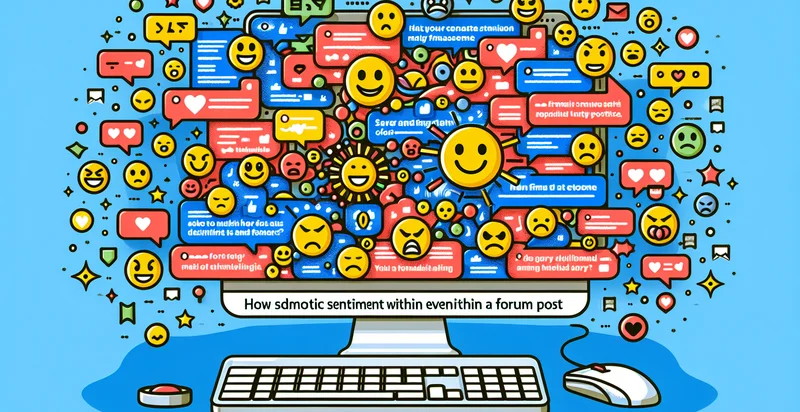Identify postcard sentiment
using AI
Below is a free classifier to identify postcard sentiment. Just input your text, and our AI will predict the sentiment expressed in a postcard. - in just seconds.

Contact us for API access
Or, use Nyckel to build highly-accurate custom classifiers in just minutes. No PhD required.
Get started
import nyckel
credentials = nyckel.Credentials("YOUR_CLIENT_ID", "YOUR_CLIENT_SECRET")
nyckel.invoke("postcard-sentiment", "your_text_here", credentials)
fetch('https://www.nyckel.com/v1/functions/postcard-sentiment/invoke', {
method: 'POST',
headers: {
'Authorization': 'Bearer ' + 'YOUR_BEARER_TOKEN',
'Content-Type': 'application/json',
},
body: JSON.stringify(
{"data": "your_text_here"}
)
})
.then(response => response.json())
.then(data => console.log(data));
curl -X POST \
-H "Content-Type: application/json" \
-H "Authorization: Bearer YOUR_BEARER_TOKEN" \
-d '{"data": "your_text_here"}' \
https://www.nyckel.com/v1/functions/postcard-sentiment/invoke
How this classifier works
To start, input the text that you'd like analyzed. Our AI tool will then predict the sentiment expressed in a postcard..
This pretrained text model uses a Nyckel-created dataset and has 15 labels, including Angry, Appreciative, Bored, Calm, Disappointed, Excited, Frustrated, Grateful, Hopeful and Joyful.
We'll also show a confidence score (the higher the number, the more confident the AI model is around the sentiment expressed in a postcard.).
Whether you're just curious or building postcard sentiment detection into your application, we hope our classifier proves helpful.
Related Classifiers
Need to identify postcard sentiment at scale?
Get API or Zapier access to this classifier for free. It's perfect for:
- Customer Feedback Analysis: Businesses can utilize the postcard sentiment identifier to analyze customer feedback collected via postcards. By classifying the sentiment of these responses, companies can quickly gauge customer satisfaction levels and identify areas needing improvement.
- Market Research Enhancement: The function can be employed to analyze sentiments from promotional mailings or surveys sent via postcards. This allows companies to refine their marketing strategies based on consumer emotions and preferences, leading to more effective campaigns.
- Event Engagement Measurement: Organizations can use the postcard sentiment identifier to evaluate the engagement of attendees after events by sending follow-up postcards. By analyzing the sentiments in the responses, event planners can assess the event's success and make data-driven improvements for future events.
- Brand Health Monitoring: The function can track the overall sentiment of postcards related to brand communications over time. By observing trends in sentiment, brands can proactively address negative perceptions and enhance their reputation.
- Targeted Marketing Campaigns: Businesses can leverage the sentiment analysis of postcards to create targeted marketing efforts based on customer emotions. By identifying highly positive or negative sentiments, companies can tailor their campaigns to engage more effectively with different customer segments.
- Personalized Customer Support: The postcard sentiment identifier can help customer service teams prioritize responses to postcard inquiries. By understanding the emotional tone of the request, teams can respond more empathetically, improving overall customer satisfaction.
- Competitive Benchmarking: Companies can analyze postcards sent by competitors or industry peers to gauge market sentiment. This insight can guide strategic decisions and help businesses position themselves more effectively in the competitive landscape.


